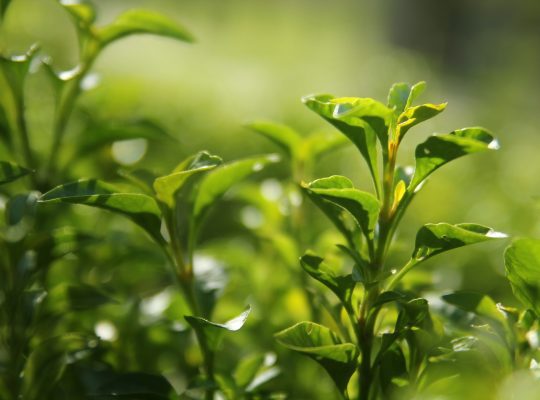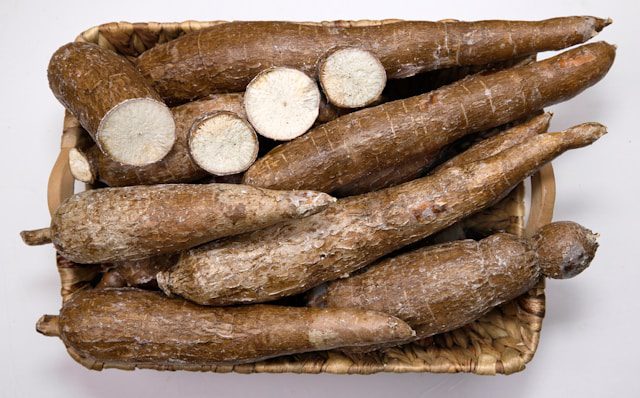The Lampung Provincial Government has estimated that cassava production will reach 75 million tons in 2024, marking a significant achievement for the region in Indonesia’s commodity market. Cassava, also known as tapioca root, is mainly cultivated in Lampung, one of the country’s leading producers. The projected increase is from a total production area of 254,000 hectares.
In 2023, the region harvested 71 million tons of cassava from an expanse of 243,000 hectares, up from 67 million tons produced the previous year. This steady growth underscores Lampung’s vital role in Indonesia’s agricultural sector, particularly in cassava cultivation. The majority of this cassava goes to tapioca industry needs, while about 10% is used for direct consumption.
The key districts driving this impressive volume of cassava production include North Lampung, East Lampung, West Tulang Bawang, Tulang Bawang, with Central Lampung district emerging as the largest contributor, boasting productions that exceed 1 million tons.
The government’s strategic approach to sustaining and boosting cassava production involves agronomic management, such as diversified planting schedules to avoid market glut and price drops. Additionally, after experiencing reduced planting areas due to the El Niño phenomenon, which led to water shortages and a temporary shift to corn cultivation, farmers have resumed cassava planting.
To manage market prices and ensure fair compensation for farmers, the local government has negotiated agreements with cassava business operators, setting the minimum price at Rp900 per kilogram and a maximum moisture content of 15%. There’s also an emphasis on organic farming practices, encouraged through government-funded programs to distribute organic fertilizers, thereby preserving soil health and ensuring sustainable agricultural practices.
These efforts are part of Lampung’s broader commitment to maintaining its status as a powerhouse in national agriculture, contributing significantly to Indonesia’s commodity markets through strategic cultivation and innovative agricultural policies.








